The Automotive Metals Market is currently characterized by a dynamic competitive landscape, driven by factors such as increasing demand for lightweight materials, advancements in manufacturing technologies, and a growing emphasis on sustainability. Major players like ArcelorMittal (Luxembourg), Nippon Steel Corporation (Japan), and United States Steel Corporation (US) are strategically positioning themselves to leverage these trends. ArcelorMittal (Luxembourg) focuses on innovation in steel production, particularly in developing high-strength, lightweight steel solutions that cater to the evolving needs of the automotive sector. Meanwhile, Nippon Steel Corporation (Japan) emphasizes regional expansion and partnerships, enhancing its supply chain capabilities to meet the rising demand in Asia. United States Steel Corporation (US) is actively pursuing digital transformation initiatives to optimize its operations and improve efficiency, thereby shaping a competitive environment that prioritizes technological advancement and sustainability.
Key business tactics within the Automotive Metals Market include localizing manufacturing and optimizing supply chains to enhance responsiveness to market demands. The market appears moderately fragmented, with a mix of large multinational corporations and smaller regional players. The collective influence of key players is significant, as they engage in strategic collaborations and investments to strengthen their market positions and drive innovation.
In August 2025, ArcelorMittal (Luxembourg) announced a partnership with a leading electric vehicle manufacturer to supply advanced high-strength steel for their upcoming models. This collaboration is strategically important as it aligns with the growing trend towards electric vehicles, allowing ArcelorMittal to position itself as a key supplier in a rapidly evolving market segment. The partnership not only enhances ArcelorMittal's product offerings but also reinforces its commitment to sustainability by supporting the production of lighter vehicles that improve energy efficiency.
In September 2025, Nippon Steel Corporation (Japan) unveiled a new facility dedicated to the production of ultra-lightweight steel, aimed at reducing vehicle weight and enhancing fuel efficiency. This strategic move is indicative of Nippon Steel's focus on innovation and sustainability, as it seeks to address the automotive industry's increasing regulatory pressures regarding emissions. The establishment of this facility is likely to bolster Nippon Steel's competitive edge in the lightweight materials segment, catering to manufacturers seeking to comply with stringent environmental standards.
In July 2025, United States Steel Corporation (US) launched a comprehensive digital transformation initiative, integrating AI and machine learning into its production processes. This initiative is crucial as it aims to enhance operational efficiency and reduce costs, positioning United States Steel as a leader in the adoption of advanced manufacturing technologies. The integration of AI is expected to streamline supply chain management and improve product quality, thereby reinforcing the company's competitive stance in the market.
As of October 2025, the Automotive Metals Market is witnessing trends such as digitalization, sustainability, and the integration of AI technologies, which are reshaping competitive dynamics. Strategic alliances are increasingly becoming a focal point, as companies recognize the need to collaborate to enhance innovation and address market challenges. Looking ahead, competitive differentiation is likely to evolve from traditional price-based competition to a focus on innovation, technological advancements, and supply chain reliability, underscoring the importance of adaptability in a rapidly changing market.
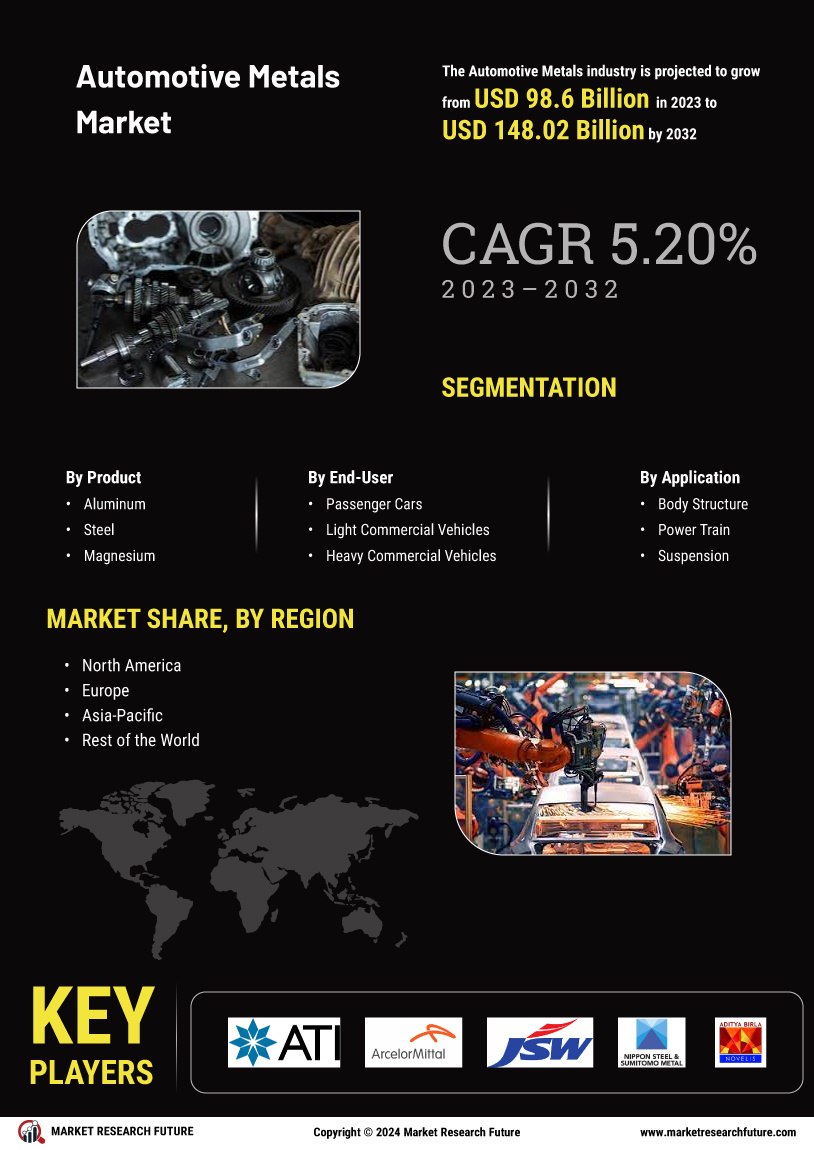



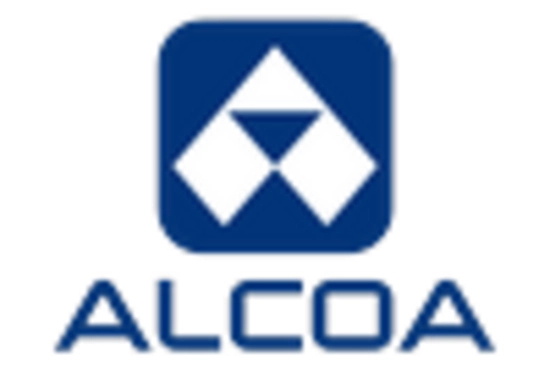

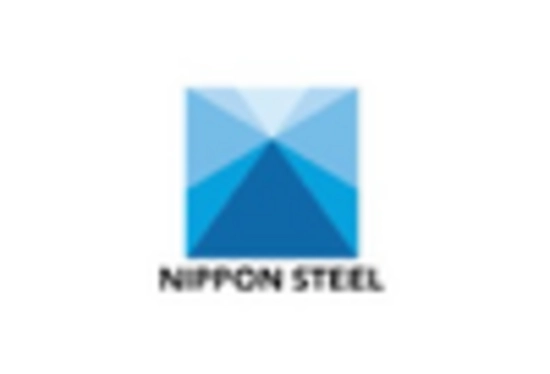
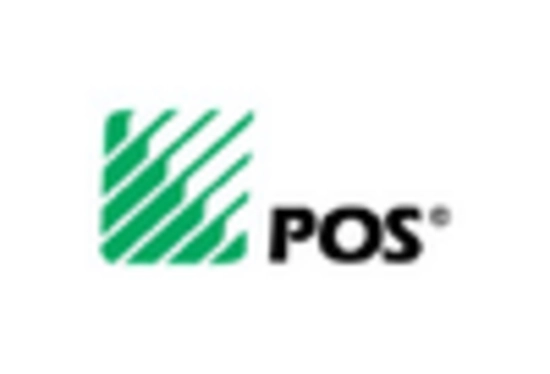
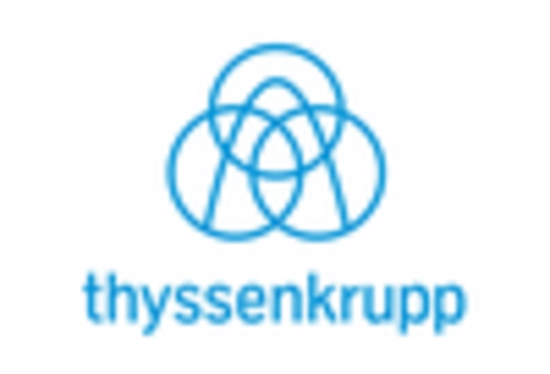
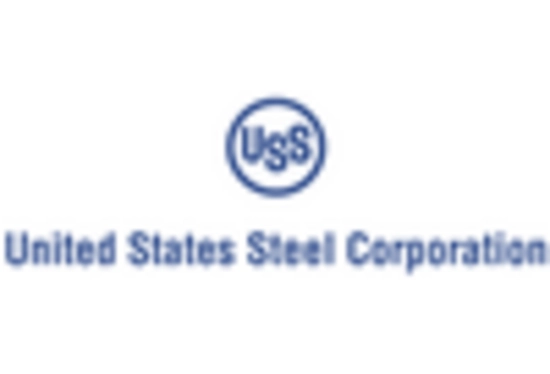








Leave a Comment